ATI Radeon HD 4670 Graphics Card Review
A Closer Look At The 4670
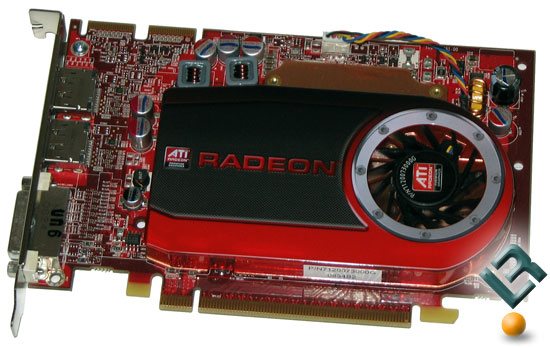
The ATI Radeon HD 4670 (RV730XT) graphics card pictured above measures in at just 7.6″ in length and while it is a full height card it shouldn’t have any issues fitting in nearly all of the cases on the market today. This small graphics card has 320 stream processors stuffed inside with a 750MHz core clock speed, a 128-bit memory bus, and 512MB of 1000MHz GDDR3 memory. Not bad for a card that operates under 60 watts! Notice the card has two CrossFire interconnects, which means that you are able to run CrossFireX. This is great news as you’ll be able to pair a few of these together if needed to help boost gaming performance.
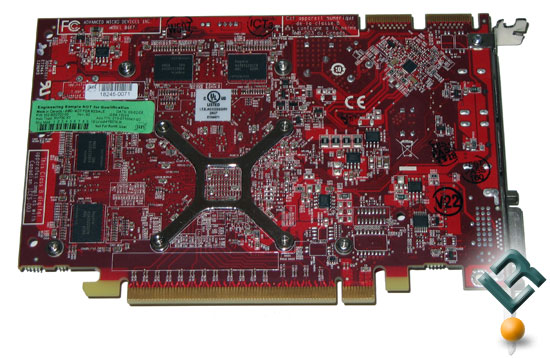
The back of the ATI Radeon HD 4670 isn’t too interesting, but you can clearly see four of the eight Hynix GDDR3 memory IC’s that are used to make up the 512MB of frame buffer that is on the card. The Hynix GDDR3 IC’s on our reference board were part number H5RS5223CFR-NOC. These are rated at 1000MHz or 512Mbit 2Gbps per pin. The reference board I will be testing is dated 9/2/2008 and we just got it late last week, so it is hot off the assembly line up in Canada.
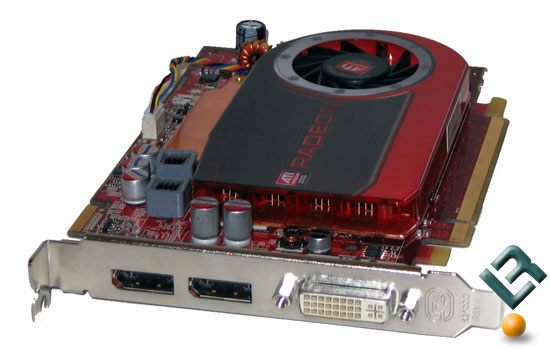
Our reference board features two DisplayPort connectors, a digital display interface standard for use on new monitors that feature DisplayPort connections. A single dual-link DVI output is also placed on the reference board, which is what I used for testing. The RV730 GPU supports integrated 8-channel audio for both HDMI and DisplayPort, so board partners should be able to use a variety of connections on the retail cards that will start shipping soon.
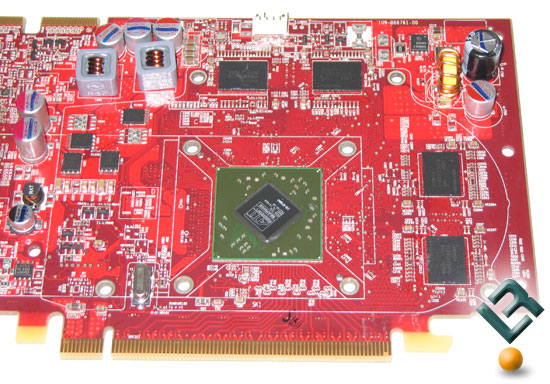
Upon removing the heat sink from the Radeon HD 4670 we can see the graphics core that can produce 480 gigaFLOPS of GPU performance and a respectable 32GB/s of memory bandwidth. These are very impressive numbers from a graphics card that costs just $79! From what I can tell the Radeon HD 4670 is a second generation 55nm die based off the first generation 55nm process that the Radeon HD 3850/3870 GPUs used when they were released late last year.
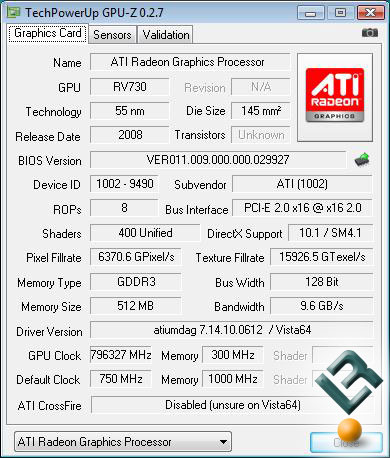
I fired up GPU-Z 0.2.7 to get the specifics of the new graphics card, but as you can tell GPU-Z can’t read the card correctly right now.

Comments are closed.